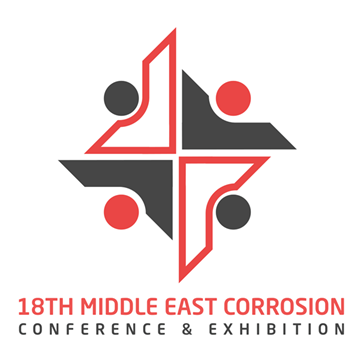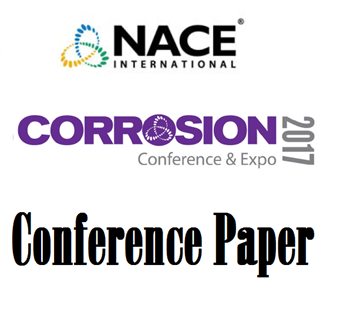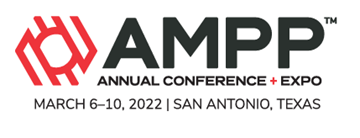Search
Conference Papers
View as
Sort by
Display
per page
Influence of Oxygen Diffusion Coefficients and Soil Moisture Content on the Corrosion Behavior of Carbon Steel
Product Number:
MECC23-20174-SG
Publication Date:
2023
$20.00
Influence of Pb and Cl in Waste Wood Fuel on Furnace Wall Corrosion of Low Alloyed Steel and Alloy 625
Product Number:
51324-21033-SG
Publication Date:
2024
$40.00
Influence of Powder Size of the Vapor Corrosion Inhibitor on Inhibiting Effectiveness
Product Number:
51317--8851-SG
ISBN:
8851 2017 CP
Publication Date:
2017
$20.00
Influence of Repeated Welding Thermal Cycle on The Mechanical Properties of SA516 Steel Weldment
Product Number:
MPWT19-14345
$0.00
Influence of Shear Stress on the Pitting Corrosion Susceptibility of Austenitic Stainless Steel in Brine Evaluated in the Rotating Cylinder Electrode
Product Number:
51319-13362-SG
Publication Date:
2019
$20.00
Influence of Stress and Temperature on Stress Corrosion Cracking of Welded Duplex Stainless Steel Joints under Drop Evaporation Test
Product Number:
51319-13420-SG
Publication Date:
2019
$20.00
Influence of Structural Features of Scale Inhibitors on the Control of Silica Scaling
Product Number:
51319-12861-SG
Publication Date:
2019
$20.00
Influence Of Ternary Additives On Electrochemical And Mechanical Behaviors Of Electroless Ni-P Coatings
Product Number:
51322-17841-SG
Publication Date:
2022
$20.00
Influence of the H2 Impurity on the Fatigue Crack Growth and Fracture in a Dense Phase CO2 Pipeline
Product Number:
51324-20721-SG
Publication Date:
2024
$40.00
Influence of the Hardening Phases on the Hydrogen Embrittlement Susceptibility of Ni-Alloys based on UNS N07718
Product Number:
51320-14667-SG
Publication Date:
2020
$20.00
Influence of the Soil Moisture Level and Differential Aeration Cell on the Corrosion Rate of Carbon Steel and Zinc Coated Steel
Product Number:
51324-20694-SG
Publication Date:
2024
$40.00
Influence Of The Surface Condition On The Pitting And SCC Resistance Of Alloy UNS N07718 Produced Via Selective Laser Melting
Product Number:
51321-16949-SG
Publication Date:
2021
$20.00














